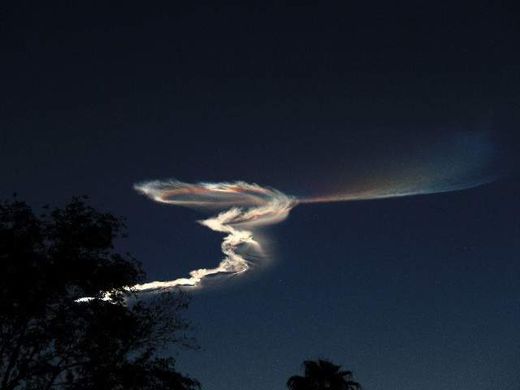
© Photos.com
,
Haley's,
McNaught. These are just a few of the more well-known modern comets that have blazed across the night sky in our lifetime. Another comet that has been recently discovered could be added to that list next year when it makes a pass by the Sun in late 2013.
The comet, named
C/2012 S1 (ISON), is due to come within 1.1 million miles of the Sun on, or around, November 29, 2013. Vitali Nevski and Artyom Novichonok from Russia, made the discovery using the
International Scientific Optical Network's (ISON) telescope, capturing the images of the comet on 21 September with
CCD imagery equipment.
The comet could blaze brightly across the heavens when it does arrive, experts believe. But just how brightly is difficult to determine. And there could be a chance the Sun will jus t boil it away as it passes, just as happened to comet
Elenin last year. If it does survive the encounter, experts speculate it could outshine any comet seen in the last hundred years - perhaps even brighter than the
full moon. If so, it should be easily visible to the naked eye for about two months, and could even be visible during daylight.
If the predictions hold true, Comet C/2012 S1 will likely be one of the greatest comet encounters in human history, exceedingly outshining the memorable Hale-Bopp of 1997 and Haley's Comet in 1986. It could even be a much bigger spectacle than the long-awaited
Comet Pan-STARRS, which will make a pass in March 2013.


Comment:
The Younger Dryas Impact Event and the Cycles of Cosmic Catastrophes - Climate Scientists Awakening
Fire and Ice: The Day After Tomorrow
Meteorites, Asteroids, and Comets: Damages, Disasters, Injuries, Deaths, and Very Close Calls
Forget About Global Warming: We're One Step From Extinction!